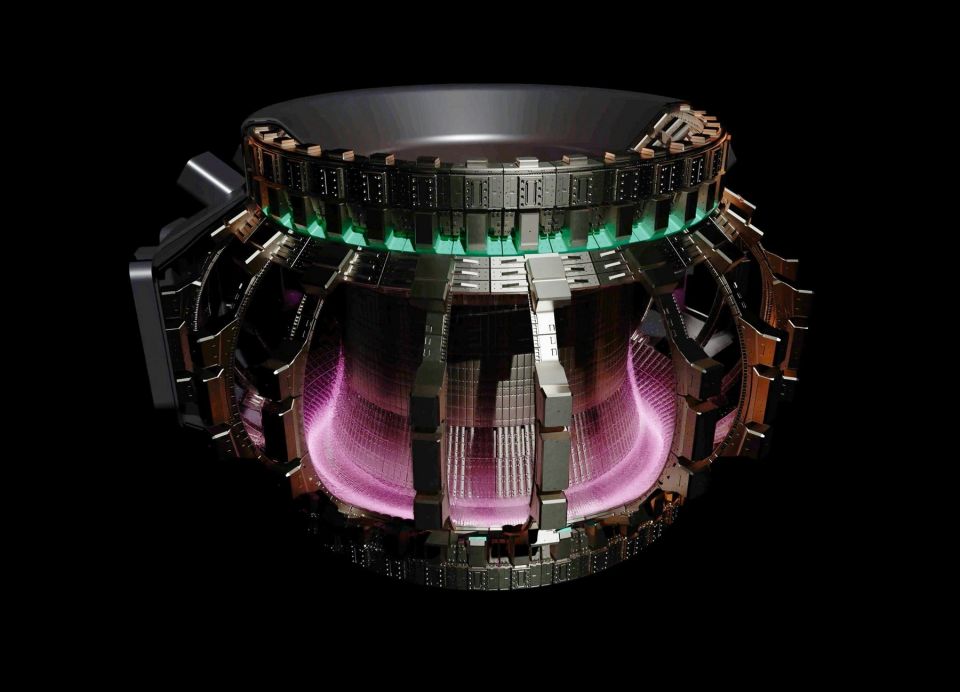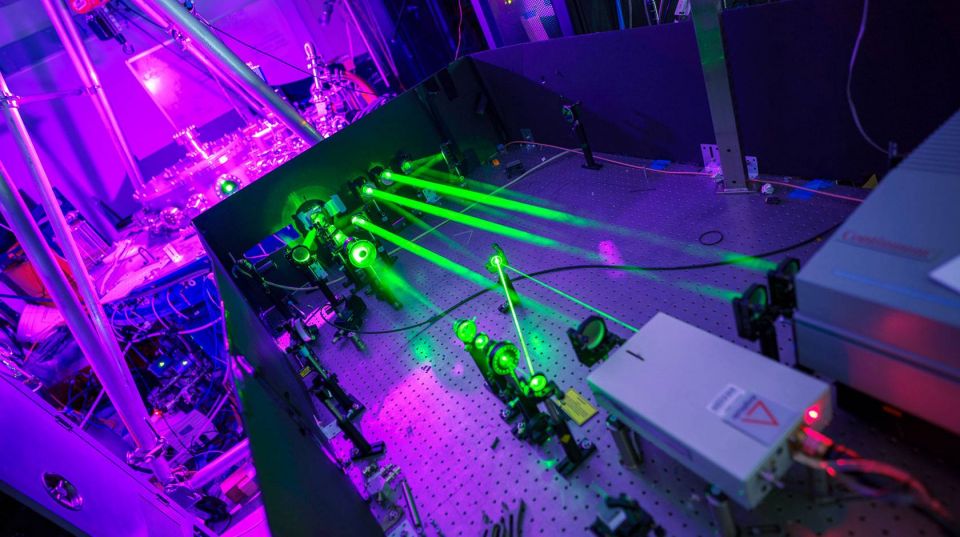General Atomics releases FUSE—an open-source fusion power design tool

Earlier this month, General Atomics made its Fusion Synthesis Engine (FUSE) software available to others who want to design and build magnetic confinement fusion power plants.
-3 2x1.jpg)
A message from Curtiss-Wright
High-Temperature neutron flux detectors for Generation IV reactors and SMRs

Earlier this month, General Atomics made its Fusion Synthesis Engine (FUSE) software available to others who want to design and build magnetic confinement fusion power plants.
CFS working with NVIDIA, Siemens on SPARC digital twin
Commonwealth Fusion Systems, a fusion firm headquartered in Devens, Mass., is collaborating with California-based computing infrastructure company NVIDIA and Germany-based technology...

Trump Media to merge with fusion startup TAE Technologies in $6B deal
Trump Media & Technology Group, the American media and technology company majority owned by President Trump, and California-based fusion company TAE Technologies, announced on Thursday the...
Thea Energy releases preconceptual plans for Helios fusion power plant
Fusion technology company Thea Energy announced this week that it has completed the preconceptual design of its fusion power plant, called Helios. According to the company, Helios is “the...

Fusion office bill introduced in line with DOE reorganization plan
Sens. Alex Padilla (D., Calif.) and John Cornyn (R., Texas) have introduced bipartisan legislation to formally establish the Office of Fusion at the Department of Energy. This move seeks to...
Report: Funding growth for private fusion companies
A new report from the F4E Fusion Observatory highlights the robust growth of investments in private companies that are developing fusion energy technologies. The report, Global Investment in...
Start-up company looks to develop fusion-powered ships
Fusion energy for commercial use is a technology that is yet to be realized, but one company is already setting its sights on taking it from land to sea....

ARDP update: General Atomics finalizes conceptual design
The Department of Energy recently announced that General Atomics has successfully completed the conceptual design of its new helium gas–cooled fast modular reactor (FMR). This milestone...
UC awards $8M to help solve fusion energy challenges
The University of California, through its Initiative for Fusion Energy, has awarded $8 million in multicampus research grants, in partnership with UC-managed national laboratories, to fund...

Construction begins on UNITY-2 fusion fuel cycle test facility
Canada’s Fusion Fuel Cycles Inc. (FFC), a joint venture between Canadian Nuclear Laboratories and Japan’s Kyoto Fusioneering, announced that it has officially entered the construction...

Bipartisan bill aims to promote nuclear fusion development
Sens. Maria Cantwell (D., Wash.) and John Curtis (R., Utah) have introduced a bill that would enable nuclear fusion energy technologies to have access to the federal advanced manufacturing...